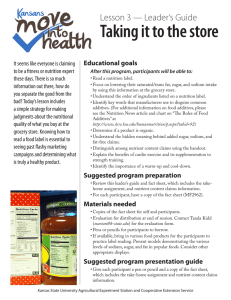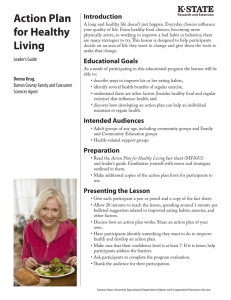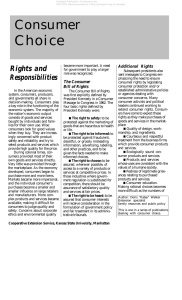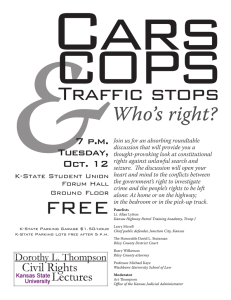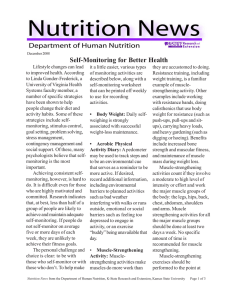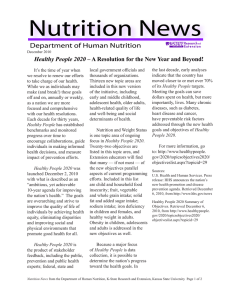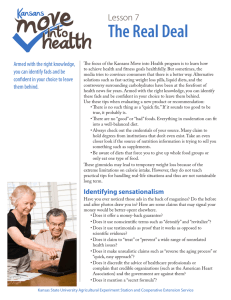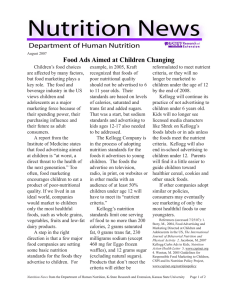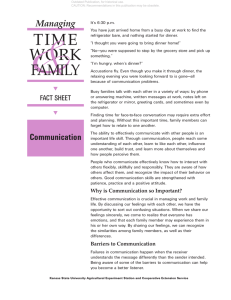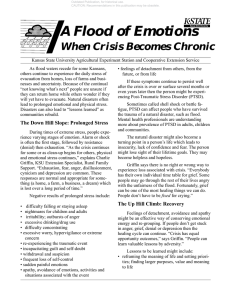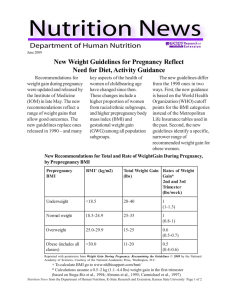Eating for Health Lesson 2 — Leader’s Guide Educational goals
advertisement
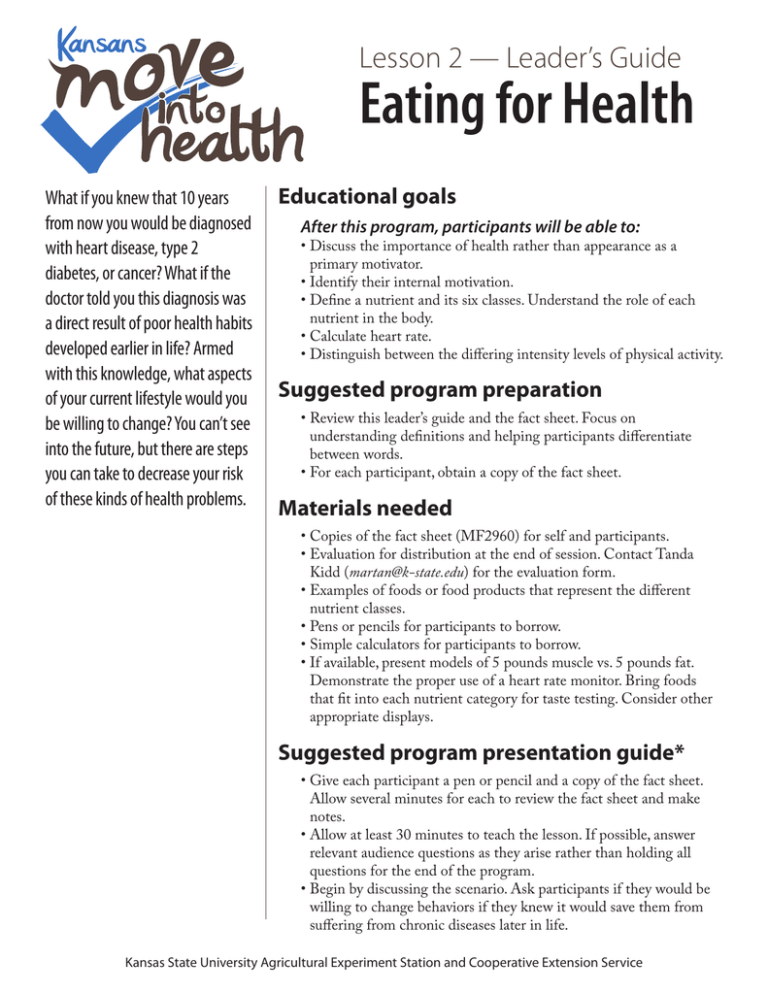
Lesson 2 — Leader’s Guide Eating for Health What if you knew that 10 years from now you would be diagnosed with heart disease, type 2 diabetes, or cancer? What if the doctor told you this diagnosis was a direct result of poor health habits developed earlier in life? Armed with this knowledge, what aspects of your current lifestyle would you be willing to change? You can’t see into the future, but there are steps you can take to decrease your risk of these kinds of health problems. Educational goals After this program, participants will be able to: • Discuss the importance of health rather than appearance as a primary motivator. • Identify their internal motivation. • Define a nutrient and its six classes. Understand the role of each nutrient in the body. • Calculate heart rate. • Distinguish between the differing intensity levels of physical activity. Suggested program preparation • Review this leader’s guide and the fact sheet. Focus on understanding definitions and helping participants differentiate between words. • For each participant, obtain a copy of the fact sheet. Materials needed • Copies of the fact sheet (MF2960) for self and participants. • Evaluation for distribution at the end of session. Contact Tanda Kidd (martan@k-state.edu) for the evaluation form. • Examples of foods or food products that represent the different nutrient classes. • Pens or pencils for participants to borrow. • Simple calculators for participants to borrow. • If available, present models of 5 pounds muscle vs. 5 pounds fat. Demonstrate the proper use of a heart rate monitor. Bring foods that fit into each nutrient category for taste testing. Consider other appropriate displays. Suggested program presentation guide* • Give each participant a pen or pencil and a copy of the fact sheet. Allow several minutes for each to review the fact sheet and make notes. • Allow at least 30 minutes to teach the lesson. If possible, answer relevant audience questions as they arise rather than holding all questions for the end of the program. • Begin by discussing the scenario. Ask participants if they would be willing to change behaviors if they knew it would save them from suffering from chronic diseases later in life. Kansas State University Agricultural Experiment Station and Cooperative Extension Service • Discuss health as the motivating factor in committing to a lifestyle of proper nutrition and physical activity. Give examples of internal motivators, such as seeing your kids or grandchildren graduate from college, sustaining health to travel, reducing medication intake, fitting into a favorite pair of jeans, getting married and starting a family, or other goals. • Allow participants to reflect on their food/activity logs from the previous week. Allow willing participants to share anything about their habits (good or bad) that may have surprised them. • Work through the example problem involving the calculation of heart rate. Have the participants find their pulse and count the number of beats in 15 seconds. Allow them to calculate their own numbers in the space provided. • Encourage participants to write down other nutrition and activityrelated words that may still seem foreign to them. Ask them to share with the group, and encourage discussion between participants. Have participants research their words as a take-home assignment and share findings at the next meeting. • Ask participants to reflect on last week’s action plan. How successful were they? Have them create another one for this week, encouraging them to build on their previous action plan. They should try to incorporate both behaviors in the upcoming week. • Ask participants to fill out an evaluation form for the program. • Thank the audience for their participation. * Some items may not apply to participants if they did not participate in previous lessons. Brand names appearing in this publication are for product identification purposes only. No endorsement is intended, nor is criticism implied of similar products not mentioned. Publications from Kansas State University are available at: www.ksre.ksu.edu Publications are reviewed or revised annually by appropriate faculty to reflect current research and practice. Date shown is that of publication or last revision. Contents of this publication may be freely reproduced for educational purposes. All other rights reserved. In each case, credit Tandalayo Kidd, Ph.D., R.D., L.P.N., Associate Professor and Nutrition Specialist, Department of Human Nutrition, and Katie Hamm, former Senior in Dietetics, Move Into Health: Eating for Health, Leader’s Guide, Kansas State University, August 2011. Kansas State University Agricultural Experiment Station and Cooperative Extension Service MF2961 August 2011 K-State Research and Extension is an equal opportunity provider and employer. Issued in furtherance of Cooperative Extension Work, Acts of May 8 and June 30, 1914, as amended. Kansas State University, County Extension Councils, Extension Districts, and United States Department of Agriculture Cooperating, Gary Pierzynski, Interim Director.
